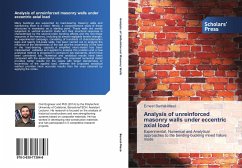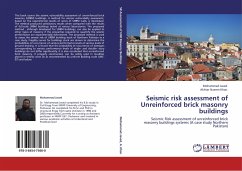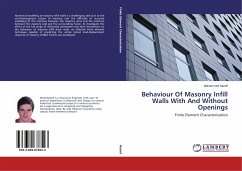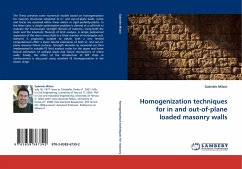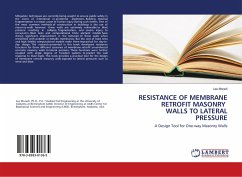Many buildings are supported by load-bearing masonry walls and maintaining them is a need. Hence, a comprehensive study of these structures is necessary as a starting point. These walls are mostly subjected to vertical eccentric loads and their structural response is characterised by the second-order bending effects and the non-linear response of the masonry, including its almost negligible tensile strength. An experimental campaign, consisting of hundreds of characterisation tests and twenty full-scale walls, has been carried out to analyse the influence of the slenderness of the wall and the eccentricity of the load in the load-bearing capacity. A simplified micro-model has been implemented, validated and applied to analyse this problem and a new analytical method is proposed in contrast to two standards, which have been considered too. Numerical and analytical results have been compared with the experimental ones. The proposed numerical model provides better results for the cases with larger slenderness or eccentricity of the applied load, whereas the proposed analytical method provides more accurate results than the ones obtained by applying the codes.
Bitte wählen Sie Ihr Anliegen aus.
Rechnungen
Retourenschein anfordern
Bestellstatus
Storno

